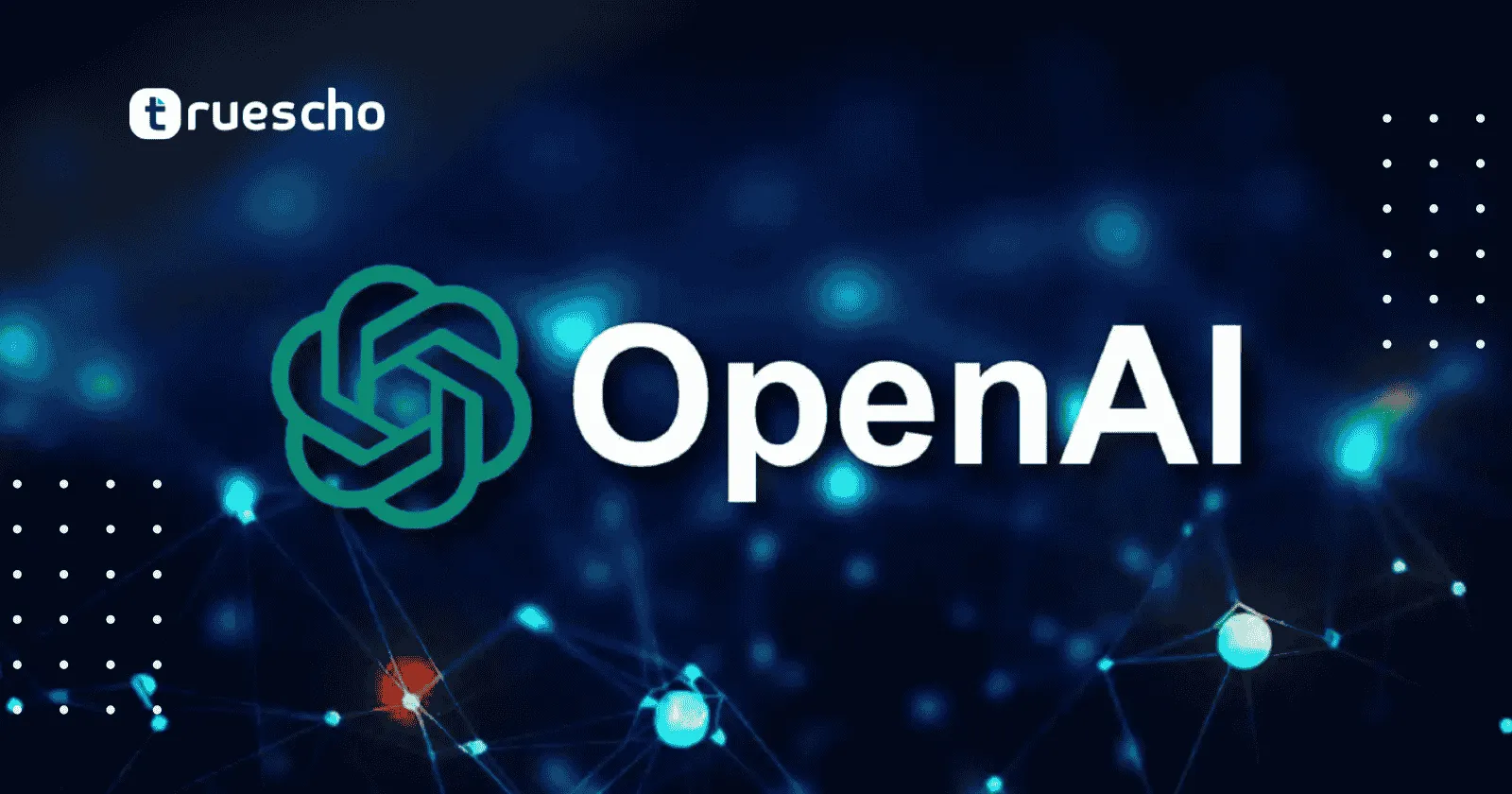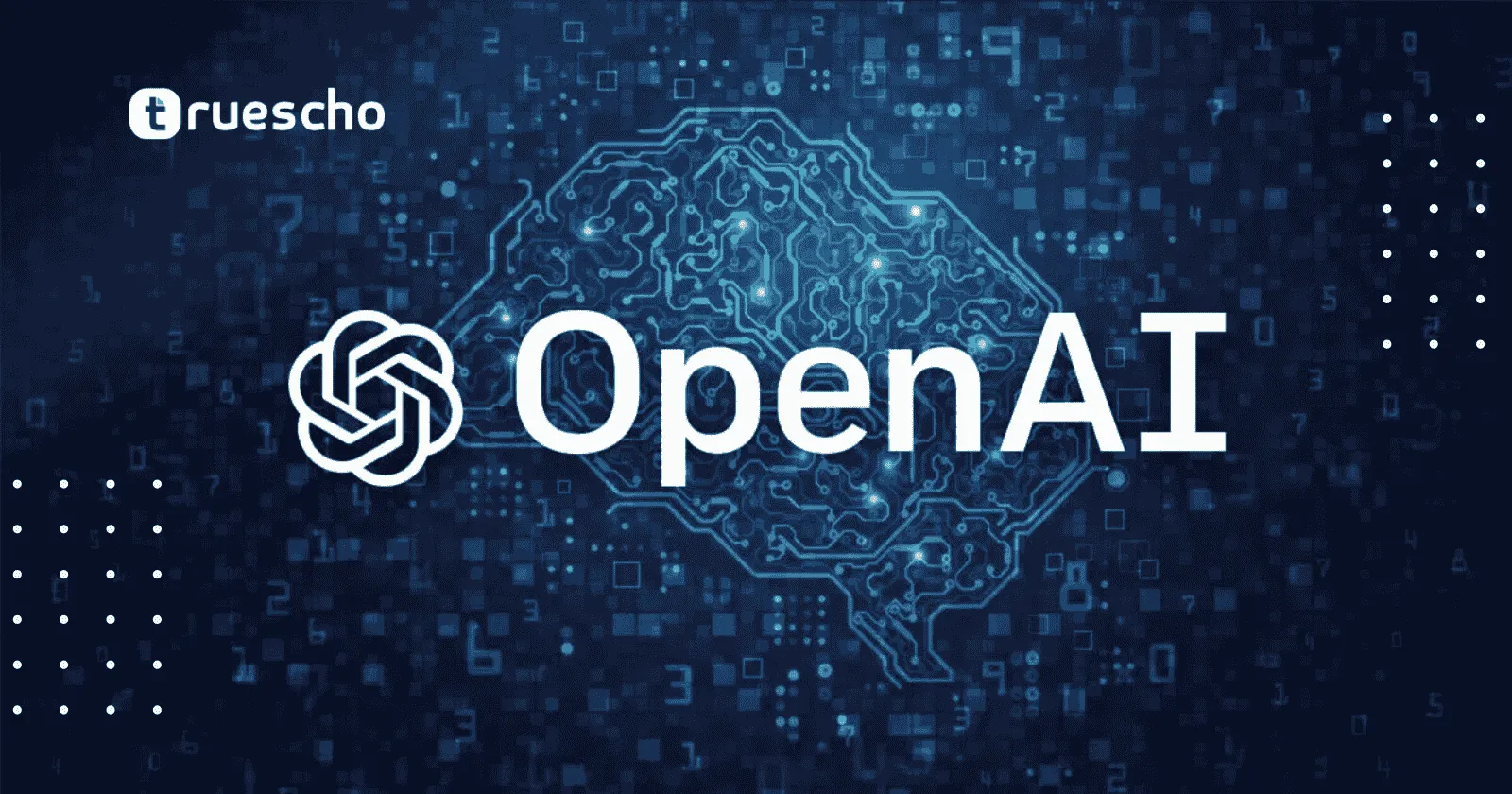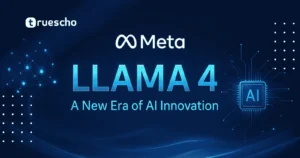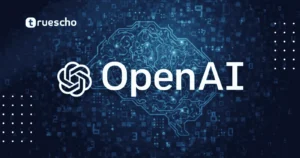OpenAI Research Leader Noam Brown on Early Potential for AI Reasoning Models
Noam Brown, a prominent figure heading AI reasoning research at OpenAI, recently discussed how advanced AI reasoning models might have emerged decades ago. In his view, with the right approach and algorithmic techniques, breakthroughs could have been achieved as early as 20 years in the past.
Brown emphasized that OpenAI has been at the forefront of exploring reasoning capabilities in AI, pushing the boundaries of what these models can achieve. His insights reflect the broader mission of OpenAI to refine and expand AI’s ability to process complex problems, demonstrating how a different research focus earlier in history might have accelerated these advancements.
As OpenAI continues to innovate, Brown’s perspective offers a compelling look at how the evolution of AI could have taken a different trajectory, had certain methodologies been explored sooner.
Read also: AWS generative AI exec leaves to launch startup
Table of Contents
Rethinking the Journey of AI Reasoning
In recent comments, Brown explored how “reasoning” AI techniques—illustrated by models such as OpenAI’s o1—demonstrate an ability to “think” before responding. He explained that if researchers had adopted the appropriate methods earlier on, such AI models might have been mainstream by now. According to Brown, it was not a lack of computational power but rather a missed opportunity in adopting the right research directions.
Brown remarked during a panel held at Nvidia’s GTC conference in San Jose that there were several reasons why this research direction was once neglected. “I noticed over the course of my research that, OK, there’s something missing,” he stated. “Humans spend a lot of time thinking before they act in a tough situation. Maybe this would be very useful .
The Role of Test-Time Inference in Modern AI
One of the core breakthroughs championed by Brown is the application of a technique known as test-time inference. Unlike traditional models that rely solely on pre-training—where models are scaled on larger datasets—test-time inference applies extra computing at the moment of query. This extra layer of processing gives the AI a chance to reason its way through complex questions, making it particularly effective in fields that require accuracy and reliability, such as mathematics and the sciences.
Brown is one of the principal architects behind the o1 model. His work demonstrates that by using test-time inference, an AI can process queries in a more thoughtful manner, leading to significant improvements over more conventional approaches. Even as research labs continue to build ever larger pre-trained models, Brown believes that combining pre-training with test-time inference creates a complementary system that paves the way for more advanced artificial intelligence.
Read also: NA10 MCP Agent Update
Striking a Balance: Collaboration Over Competition
During the same panel discussion, Brown was asked whether academia could ever hope to conduct experiments on a scale comparable to that of cutting-edge labs like OpenAI. He candidly acknowledged that, as AI models become increasingly resource-intensive, academic institutions face genuine challenges due to their comparatively limited access to computing resources.
Despite these challenges, Brown emphasized the critical role of academic research in advancing the field. He stated that academics can make a meaningful impact by exploring areas that demand relatively less computational power, such as innovative model architecture design. The open dialogue between industry and academia remains essential; frontier labs regularly examine academic publications and evaluate whether new ideas, if scaled, might result in substantial improvements.
“There is an opportunity for collaboration between the frontier labs and academia. If a compelling argument emerges from new research, we will certainly investigate it further.”
Brown’s call for collaboration is a reminder that the evolution of AI is not solely the domain of high-budget labs. Instead, innovation often emerges from a synthesis of academic insight and industrial scale, prompting a future in which research is more democratized and accessible.
Current Challenges in AI Funding and Benchmarking
Brown’s insights come at a challenging time for the AI research community. Recent policy changes under the Trump administration have led to significant reductions in scientific grant-making, a move that experts warn may threaten research efforts both domestically and abroad. Such funding cuts have raised concerns among some of the field’s most renowned figures, including Nobel Laureate Geoffrey Hinton, who stressed that these budget reductions might impede innovation in the rapidly evolving world of artificial intelligence.
Beyond policy challenges, Brown also highlighted a less often discussed issue: AI benchmarking. In his view, the current state of AI benchmarks is suboptimal. Many prevailing benchmarks tend to focus on esoteric knowledge that does not necessarily translate to real-world proficiency—particularly in tasks that the general public genuinely cares about. This misalignment has led to widespread confusion, particularly regarding assessments of model capabilities and improvements.
- Misaligned Benchmarks: Many of the most popular tests measure obscure or unnecessary aspects of performance that often do not reflect everyday usability.
- Cost vs. Benefit: While additional compute during test-time inference sharpens an AI’s reasoning, it also increases overall costs. Balancing accuracy with economic feasibility remains a key challenge.
- Opportunities for Impact: Improving benchmarks does not demand enormous computing resources. In fact, refining them is an area where academic researchers can make significant contributions with more accessible methods.
Read also: Data breach at stalkerware SpyX

Future Outlook and Opportunities in AI Research
As the AI field continues to evolve, Brown’s perspective offers both caution and encouragement. By acknowledging the missed opportunities of the past, he reinforces the importance of adaptive research strategies going forward. His advocacy for combining large-scale pre-training with innovative test-time inference techniques aligns with the goals of OpenAI Research, serving as a roadmap for building models that are both accurate and reliable.
For AI practitioners and researchers alike, the key takeaway is that future progress will likely be driven by a marriage of ideas from both academia and industry. OpenAI Research exemplifies this approach by integrating theoretical advancements with practical AI applications. While the era of simply scaling up models on vast datasets may be past, an era of more nuanced and sophisticated approaches is emerging—with human-like reasoning playing a pivotal role, a focus that OpenAI Research continues to explore.
Moreover, enhancing the benchmarks by which AI performance is measured can help clear the fog surrounding AI capabilities. This clarity, emphasized by OpenAI Research, is crucial not only for furthering scientific progress but also for improving public trust and understanding of artificial intelligence.
Read also: ChatGPT Image Generation: Revolutionizing AI Design
Tips for Researchers and Technologists
- Focus on Efficient Algorithms: The shift towards test-time inference and model reasoning emphasizes that smart, efficient algorithms can sometimes deliver better performance than brute computational power. Invest time in research that optimizes algorithmic efficiency.
- Foster Academic-Industry Partnerships :Collaboration is key. Look for opportunities to work with academic institutions that are eager to explore novel approaches in AI. Such partnerships can drive innovation even when resources are limited.
- Reevaluate Benchmark Standards :Develop more relevant and real-world-focused benchmarks. This not only helps the community better understand AI capabilities but also drives the creation of technologies that genuinely benefit society.
Read also: Firebase Studio Alternatives
Conclusion
OpenAI Research leader Noam Brown’s insights remind us that the evolution of AI is driven not only by technological advances but also by the vision and strategy behind research directions. By merging pre-training with test-time inference, OpenAI Research is contributing to a paradigm shift toward AI models that better emulate human reasoning. Despite fiscal challenges and outdated benchmarks, there is a clear path forward—a path illuminated by collaboration, efficiency in model design, and a commitment to innovation that OpenAI Research continues to champion.
As the AI community moves into the future, embracing these changes will be essential to overcoming limitations and realizing the true potential of artificial intelligence. Whether you are a researcher, technologist, or industry leader, OpenAI Research offers a blueprint for exploring smarter, more collaborative approaches in building next-generation AI systems.
Read also: The Future of AI in YouTube






